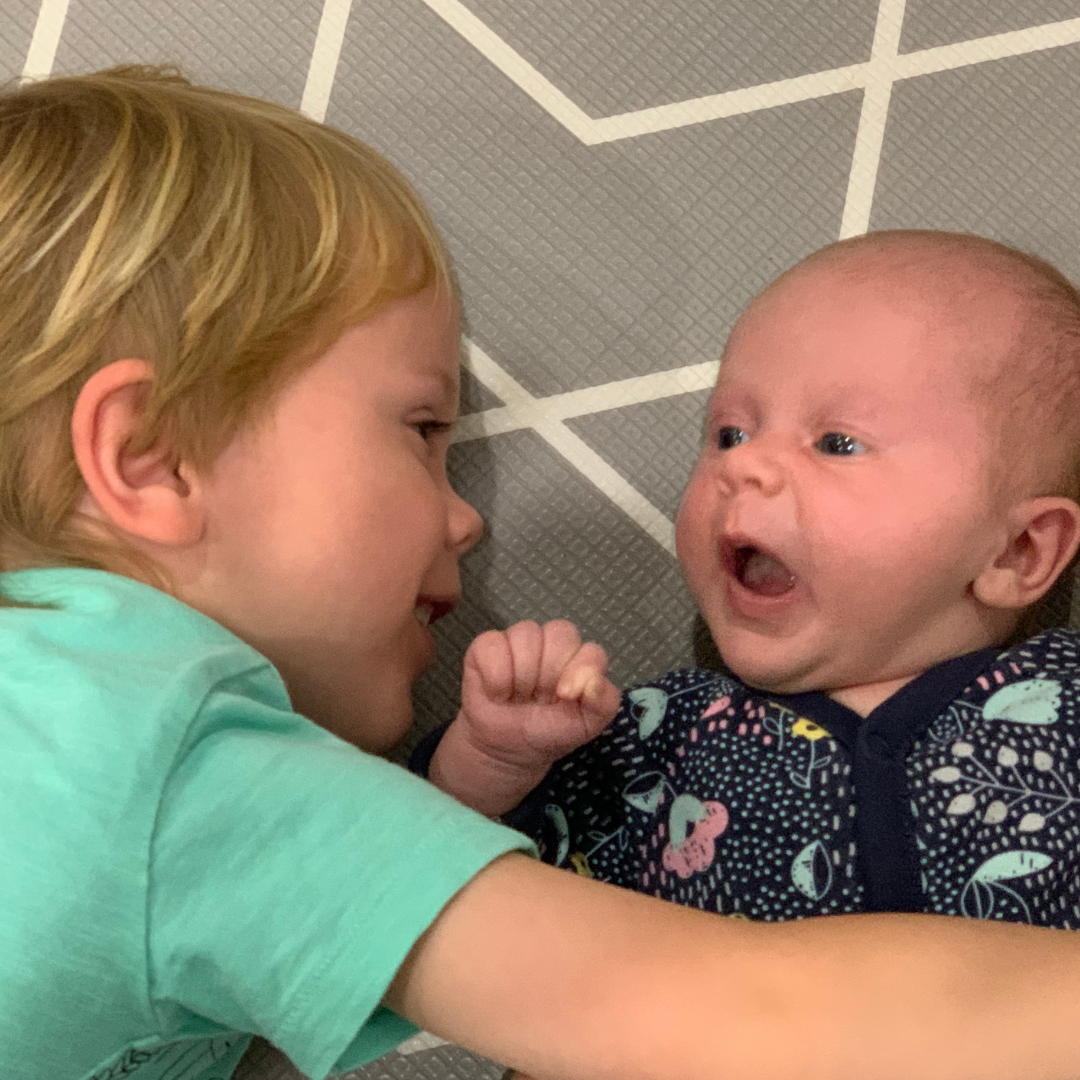
Your baby's vision development over time
Most people are aware that babies do not have full 20/20 vision at birth. However, as a new parent, you might be unsure of how and when your baby's vision development will occur.
Let's go through what you need to know, including a timeline for how your baby's vision will change during their first year.
How does your baby's vision change during those first few months?
Babies can distinguish between light and dark even when still in the womb. They see shapes at birth by following the lines where light and dark intersect. However, they must be several weeks old before they will see their first primary color, red.
Babies learn to use their sight in their first weeks and months – or, more accurately, their eyes "learn" how to see. Although each eye has the physical structure required to begin seeing correctly, the two eyes have not yet learned to function together – and this "binocular vision" develops during the first few weeks and months of life.

The Stages of Baby's Development
Newborns
Initially, your baby's vision would be limited to the space between your arms and your face (about 8 to 10 inches). This means your baby can see your face when you are holding them in your arms. These images are not yet clear though.

Few weeks old
By a few weeks old, babies enjoy staring at people's faces, so make sure to allow them plenty of one-on-one attention. However, they are still unable to detect moving objects.

2-3 months old
Some babies can begin to recognize faces at this age, but their vision is still somewhat fuzzy. Although researchers are unsure how many colors newborns will see, they are expected to notice different colors around this age.

3 to 4 months old
Babies at this age can see several feet in front of them and across the room. At four months, the baby's eyes can detect faster movements, sense depth, and even grasp at moving objects. You may notice them following moving objects. Their eyes are beginning to work together, and they’re learning distance perception. Babies may detect variations in color shades (especially red and green) and can start to prefer certain ones.

12 months old
Your baby is finally able to see as much as the people around her, though their eyes are still undergoing developmental changes.

Babies can’t see pastel tones
The part of the eye which is responsible for seeing colour, is underdeveloped at birth. This is why babies show more interest in contrasting dark and light colours in the early months. This suggests that they have very little contrast sensitivity when presented with similar colours.
As a result, at birth, babies can only differentiate between red, white, and black. In terms of what newborn babies will understand, the practice of pastel tones and light colors is unrealistic. So, to encourage your babies vision development contrasting colours such as black and white and deep colours including red, green etc will be easier for your baby to focus on.

Importance of Stimulation
Your baby's brain and eyes continue to coordinate objects to recall what they've seen during this crucial first year. As a parent, you may take an active role in your baby's eye growth and well being as part of your daily routine. The appropriate stimulus may enhance imagination, attention span, memory, and nervous system function. So, make sure your kid has lots of fun stuff to look at.
Ideas to support your baby's vision development
- Playing with your child is, unsurprisingly, one of the easiest ways to foster vision growth.
- Keeping your baby engaged with the world around them will help them improve vital hand-eye coordination and fine motor skills.
- Encourage exercises such as tummy time to help infants discover their surroundings.
- Provide a visually stimulating environment including, toys, books and a play mat that encourages vision development.
- Spend time cuddling with them, conversing with them, and playing with them.
- Continue to indulge your kid in friendly games like peekaboo as he or she grows and develops motor skills.
- You can also play with blocks or other construction toys together to support development.
